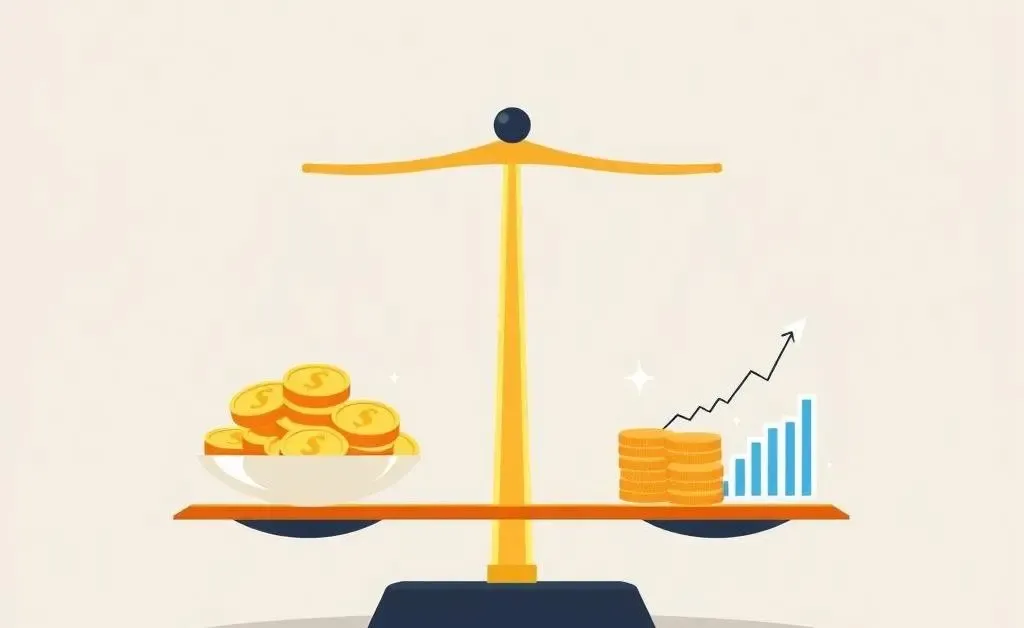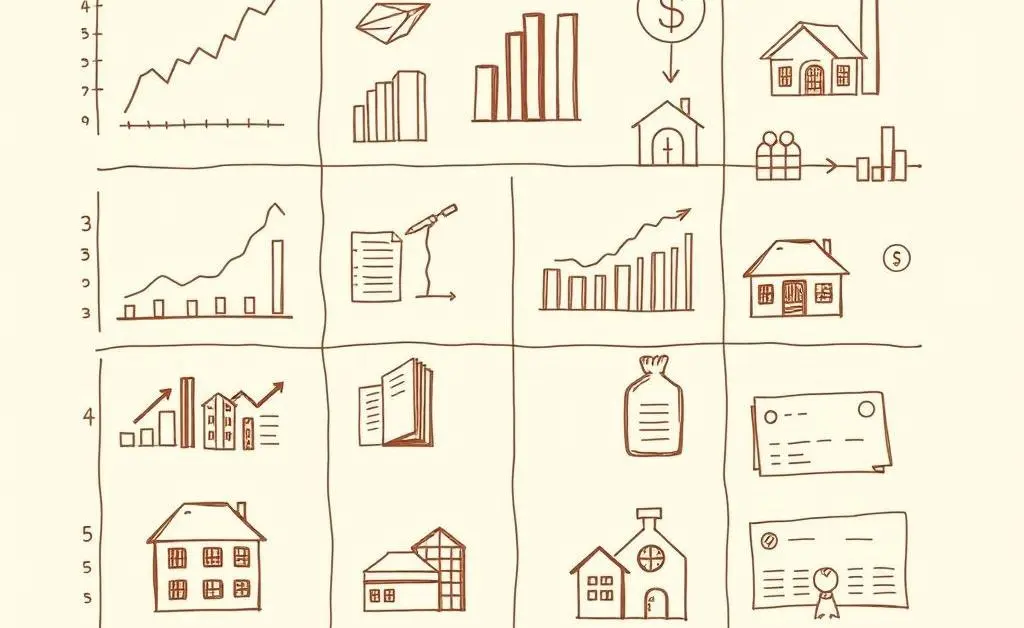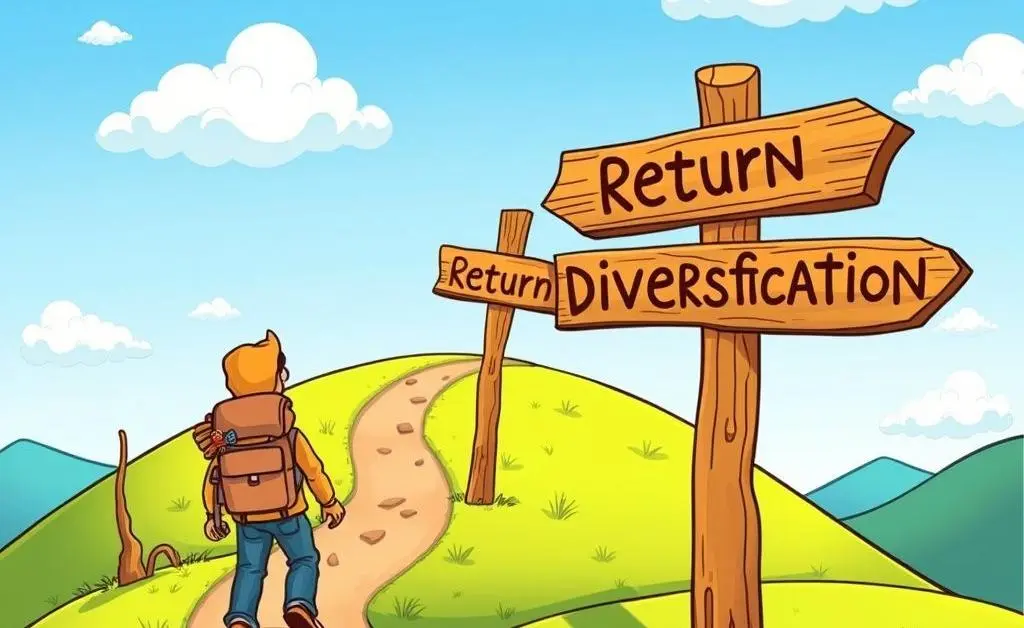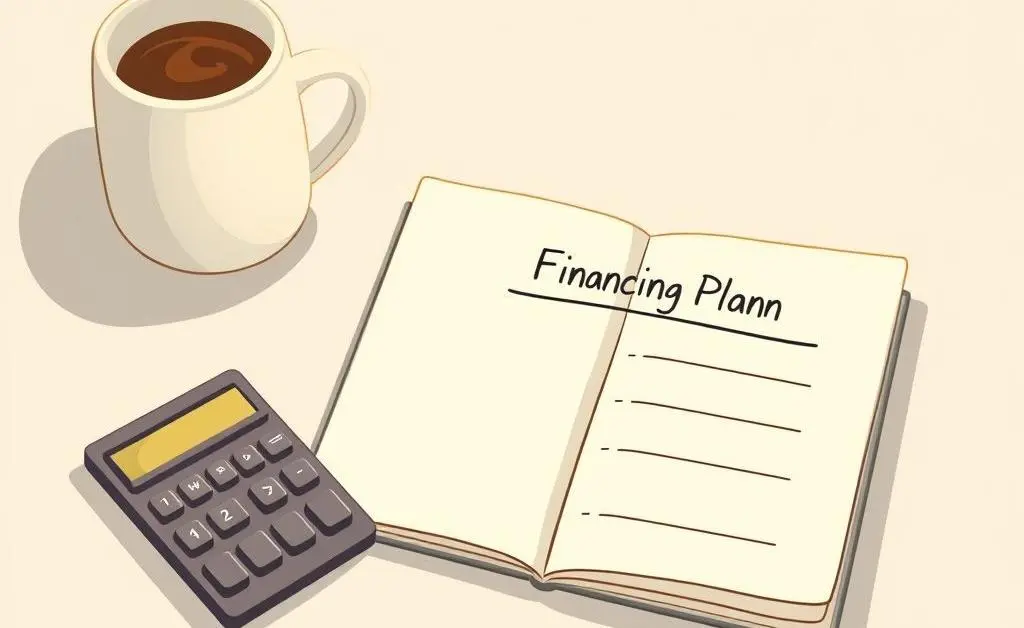How to Achieve a Balanced Investment Portfolio
Explore how to build a balanced investment portfolio with practical tips.

Do you know what's more comforting than a hot cup of coffee on a chilly morning? It's watching your investment portfolio balance climb steadily, like the sunrise on the horizon. Okay, maybe that's a bit dramatic, but crafting a balanced investment portfolio is definitely rewarding! Let's break down what makes a portfolio 'balanced' and how you can create one that suits your goals.
What Does a Balanced Portfolio Look Like?
At its core, a balanced portfolio is all about diversity. Imagine if you were at a buffet and filled your plate with only pasta. Sure, it might be tasty, but you'd miss out on those juicy fruits and crispy veggies. Investing is quite similar; it's about mixing different asset types.
- Stocks: Known for higher risk and potential high returns. Great for growth.
- Bonds: Generally less risky with stable returns. Ideal for stability.
- Real Estate: Offers tangible asset ownership. Provides potential rental income and appreciation.
- Commodities: Like gold or silver. They can hedge against inflation.

My Personal Finance Journey
Let's compare your investment journey to an adventurous hike. When I first started investing, I was like a kid in a candy shop, scooping up stocks with the highest potential. But, just like a sugar rush, the volatility left me dizzy. After some research and advice, I realized the beauty of diversification. By focusing on a blend of assets, I was able to enjoy a more even-keel hike towards my financial goals.

Balancing Risk and Return
Your investment choices should reflect your risk tolerance. Picture yourself on a beach; some like the thrill of surfing high waves (high-risk, high-return), while others prefer relaxing on the sand (low-risk, stable return).
Practical Tips to Start Balancing
To tailor your portfolio:
- Assess your goals: Are you saving for a short-term goal or long-term growth?
- Know your risk tolerance: Be honest; do market swings keep you up at night?
- Stay informed: Regularly review and adjust your portfolio as needed.

Conclusion
Building a balanced portfolio is like crafting a great recipe—each ingredient plays its part, and the result is delightful. How do you approach building your investment portfolio? What mix of assets do you find the most rewarding?




